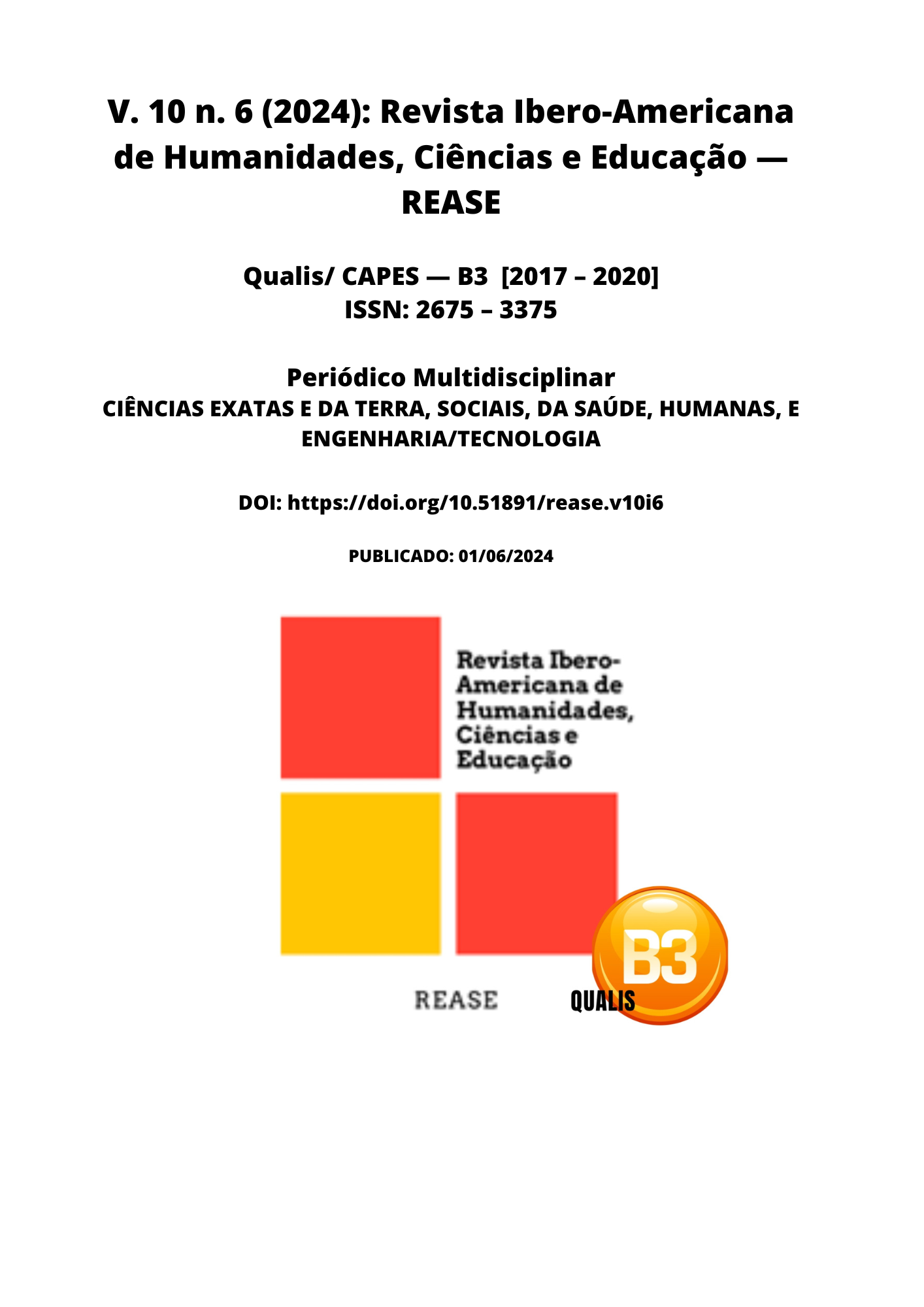PREVALENCE OF VAGINISMUS AMONG WOMEN IN ESPÍRITO SANTO AND THE PERCEPTION OF HEALTHCARE PROFESSIONALS ON THE SUBJECT
DOI:
https://doi.org/10.51891/rease.v10i6.14618Keywords:
Vaginismus. Sexual dysfunction. Female sexual pain disorder.Abstract
The objective of this study was to determine the prevalence of women with Vaginismus in Espírito Santo, as well as the level of knowledge or understanding of this condition among both healthcare professionals and the general female population. The data for this study were collected through a questionnaire created on the Google Forms platform, which was designed with questions aimed at assessing the perception of women and healthcare professionals regarding Vaginismus. The collected data indicated that more than half of the women reported having been exposed to a strict sexual education, and nearly 80% stated they had experienced situations of sexual trauma. Additionally, the research results reveal significant relationships between the use of illicit drugs and the experience of pain during sexual intercourse. Among the survey participants, 65.3% of the women reported having felt pain during sexual intercourse. However, based on the collected data, only one case of Vaginismus was reported. Of the 202 survey participants, 132 (65.3%) claimed to have knowledge about what Vaginismus is, while 70 (34.7%) denied knowing, with 130 (64.4%) not being healthcare professionals and 72 (35.6%) being healthcare professionals. Among the consulted healthcare professionals, 56 (77.7%) reported having knowledge about Vaginismus, highlighting that despite the majority having knowledge of the topic, there are still professionals who are unaware of the condition. Therefore, it is concluded that, despite Vaginismus being a prevalent condition among sexually active women worldwide and the risk factors for developing this condition being relevant among the questionnaire responses, the scarcity of responses indicating a prior diagnosis of Vaginismus may point to a lack of knowledge about the topic among both healthcare professionals and the general female population. Thus, the lack of awareness about this condition can hinder the proper diagnosis and treatment for those suffering from this illness.
Downloads
Downloads
Published
How to Cite
Issue
Section
Categories
License
Atribuição CC BY

